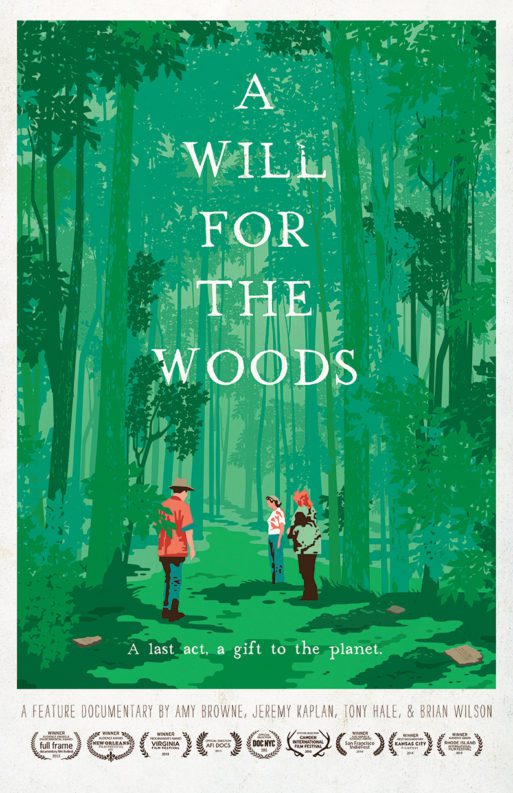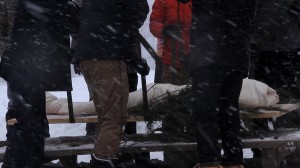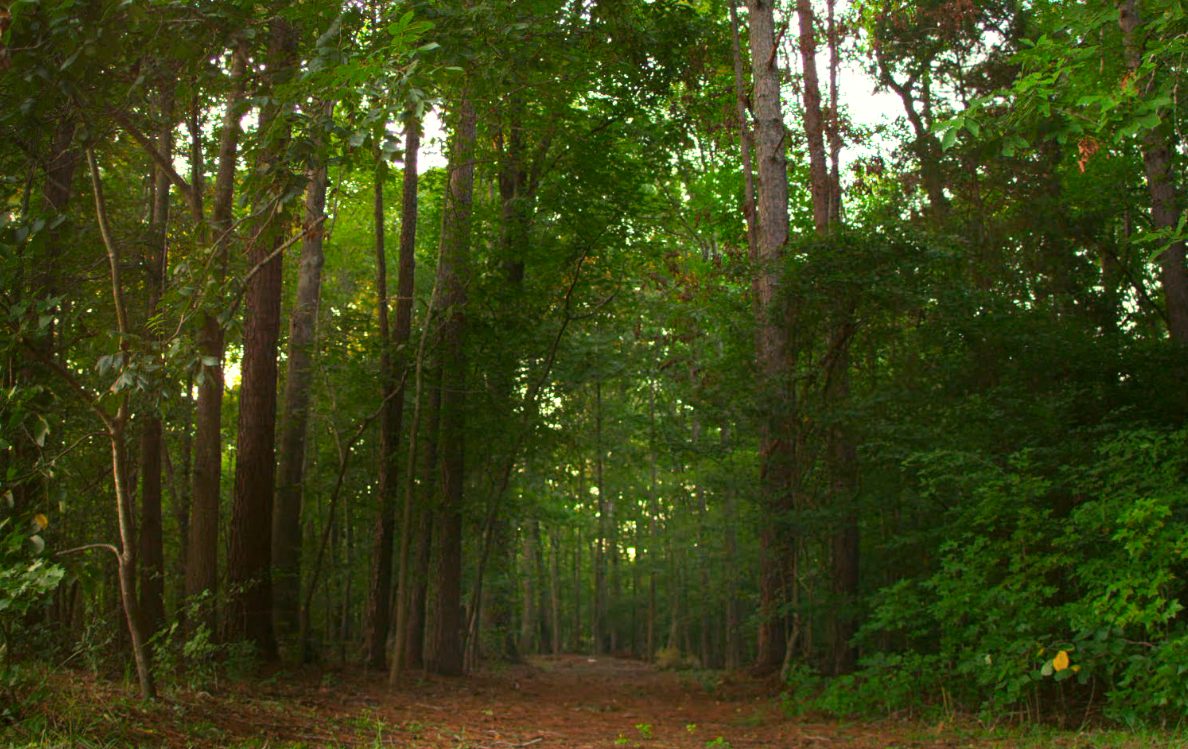 The film A Will For The Woods answers one of the most asked questions I get — just what is green burial? (For the answer, see links at the end of this post).
The film A Will For The Woods answers one of the most asked questions I get — just what is green burial? (For the answer, see links at the end of this post).
Few are familiar with this age-old concept currently being revived in the US and abroad. Although it’s been an ongoing tradition for the Jews and the Muslims, to the masses it‘s gone and forgotten — well until now.
When he finally dies, we sob along with his wife Jane — the depth of her breakdown leads to sorrow cutting through us.
In the 1800s, we died at home, laid out our loved ones on the sofa and buried them in our backyard. A Will for the Woods is one man’s journey to return to these natural roots of our past.
This new green burial movement is explored through the terminal illness and subsequent death of Dr. Clark Wang, a psychologist, cello player and folk dancer brimming over with life.
The film begins as we learn how Clark’s cancer makes him aware of his environmental impact. Seeking a natural burial, he approaches Wake Woods initiating their green burial section, Pine Forest Memorial Gardens. Clark goes through the usual motions of closing out his life. He visits his parents out of town, checks off bucket list wishes and watches videos of himself. Then there are precious moments where Clark’s personality shines through, such as when he apologizes endearingly to his wife for flirting with another woman right in front of her.
We grow attached to Clark and Jane as we listen in on their frank conversations. She expresses her determined desire to be at his side until the end by placing a “blowup bed to sleep next to you.” She’s playful as she thinks out loud about his memorial service: “I picture it as being really beautiful.” Their bouts of laughter allow intermittent cracks of life though his dying.
We witness firsthand the heartfelt experience of how one can have a loved one’s body in the house — the most sacred of goodbyes.
When his body arrives in a box from the hospital, Jane waits in another room till they unpack Clark, just in case. Upon seeing his sweet face and feeling his cold skin, she becomes completely heart-wrenched saying, “I’m so glad you’re home.” The next day, Jane jokes she is “sitting shiva and shivaing” due to the cold in the house to preserve the body. We witness firsthand the heartfelt experience of how one can have a loved one’s body in the house — the most sacred of goodbyes.
What’s most unique about this film is not the topic, but the witnessing of the real death of someone onscreen. As Clark moves through the final stages of his lymphoma, we come to love him dearly. When he finally dies, we sob along with his wife Jane — the depth of her breakdown leads to sorrow cutting through us.
This is the filmmaker’s first film and there is subtle proof as evidenced by two rather long dark moments leaving the viewer wondering. Conversely, there is an unusual scene when Jane returns from the airport after Clark has died. As she walks into the house, we only see the camera at an odd angle with the fridge door opening. A creative shot devoid of a figure that speaks a beautiful metaphor.
In the end, the film touches, teaches and allows us a good cry over Clark’s life gone forever. But for Clark, his green burial becomes his legacy for as he says, in his own words, “otherwise I’m just another death.”
More about green burial:
- To learn what a green burial is, read our article on “Options for Green Burial.”
- To plan a green or natural burial with more details, read section 3 “Choosing Natural Burial”
- Read our blog interview with one of the first national home funeral consultants Jerrigrace Lyons.

 A Will For The Woods by Amy Browne, Jeremy Kaplan, Tony Hale, and Brian Wilson
A Will For The Woods by Amy Browne, Jeremy Kaplan, Tony Hale, and Brian Wilson




 John Mulaney’s “Funeral Planning” on Netflix: No Real Plan
John Mulaney’s “Funeral Planning” on Netflix: No Real Plan

 Composting Bodies Is Now Legal in a Dozen States
Composting Bodies Is Now Legal in a Dozen States














